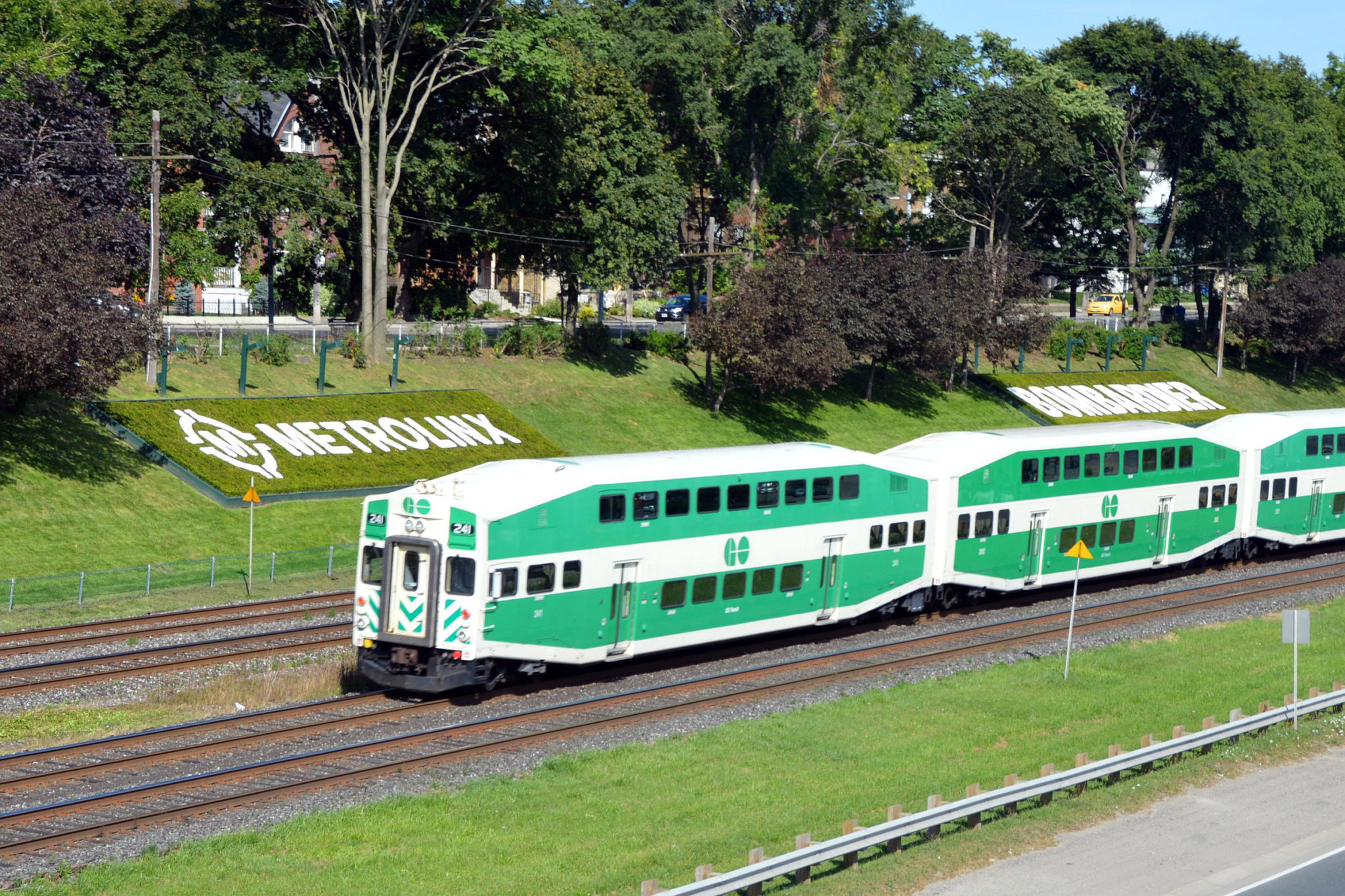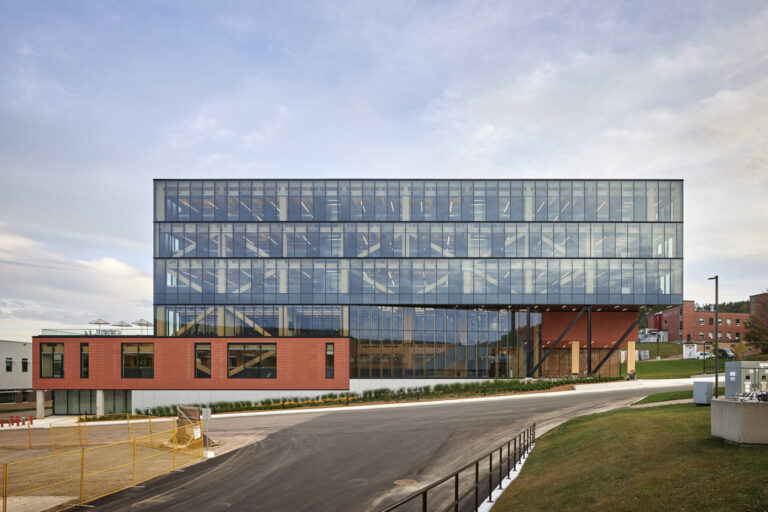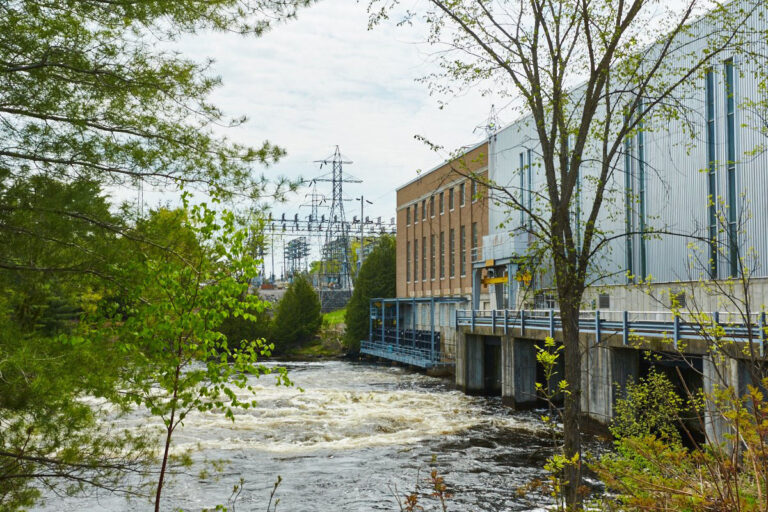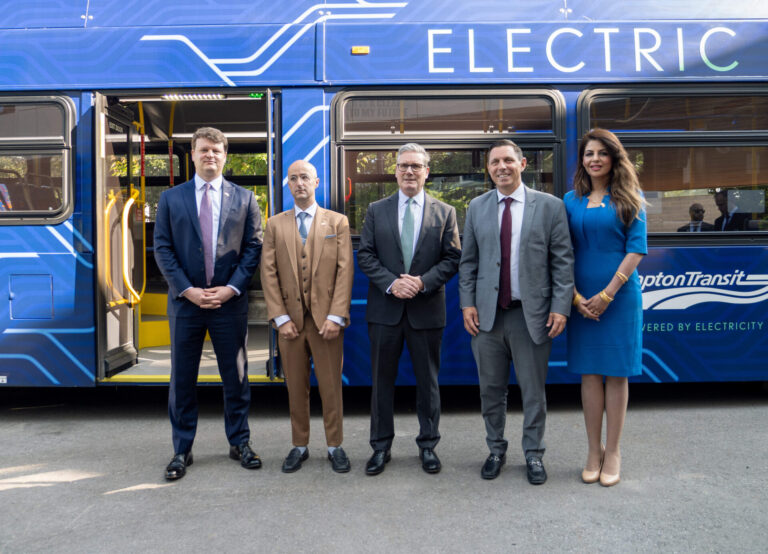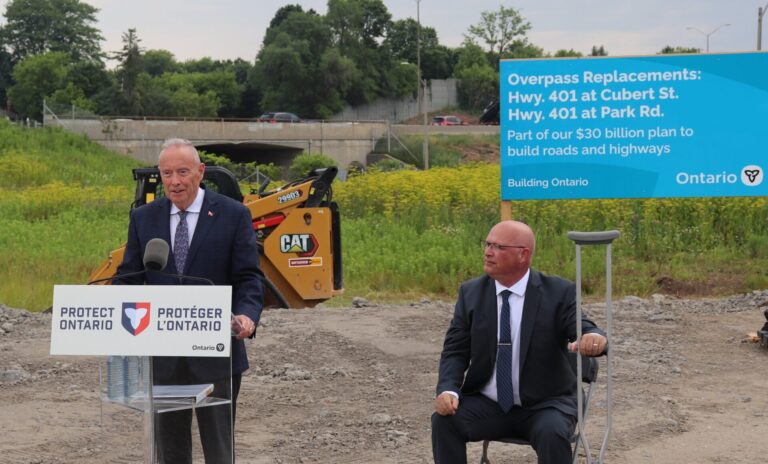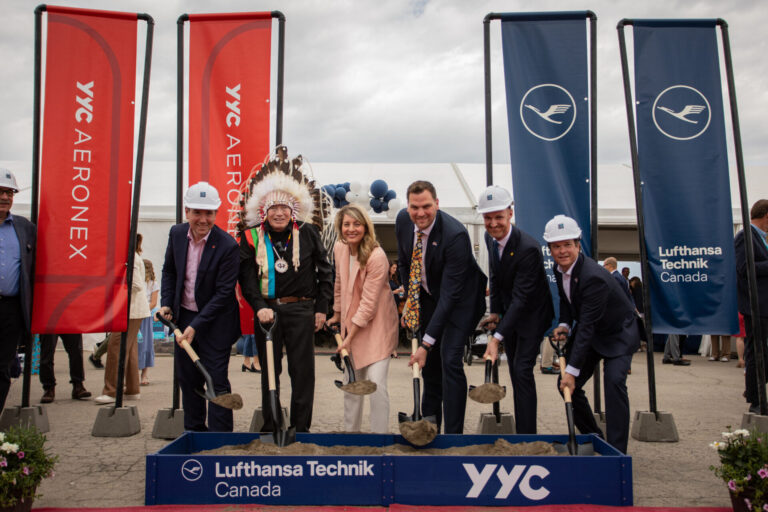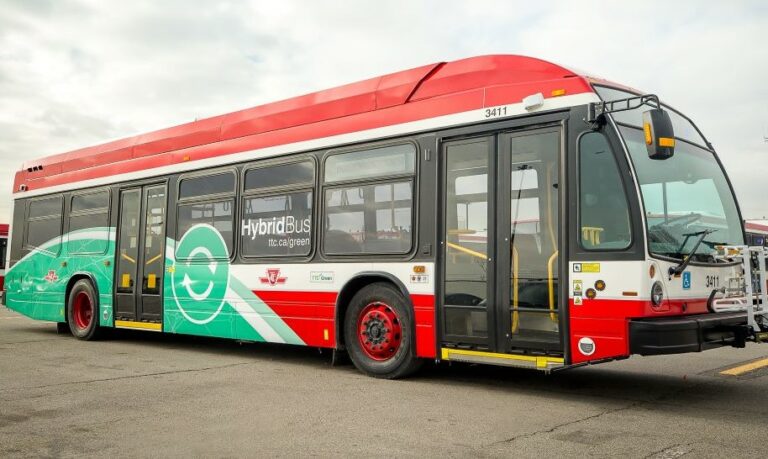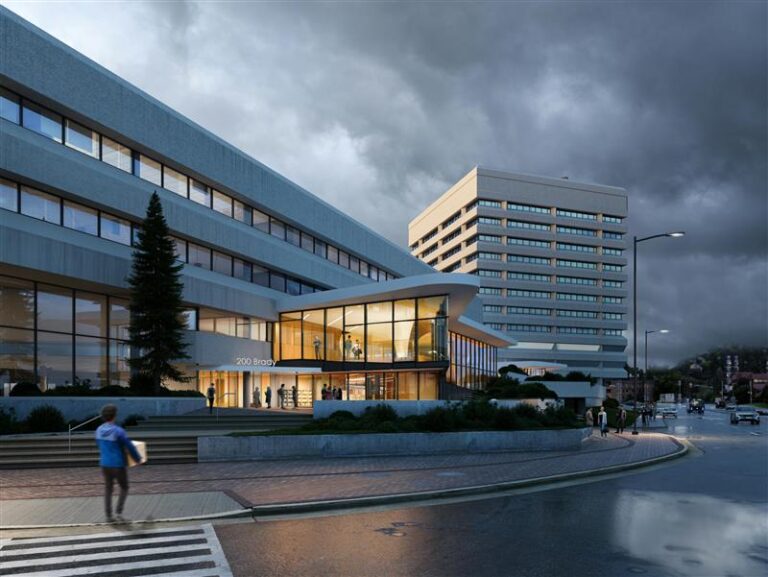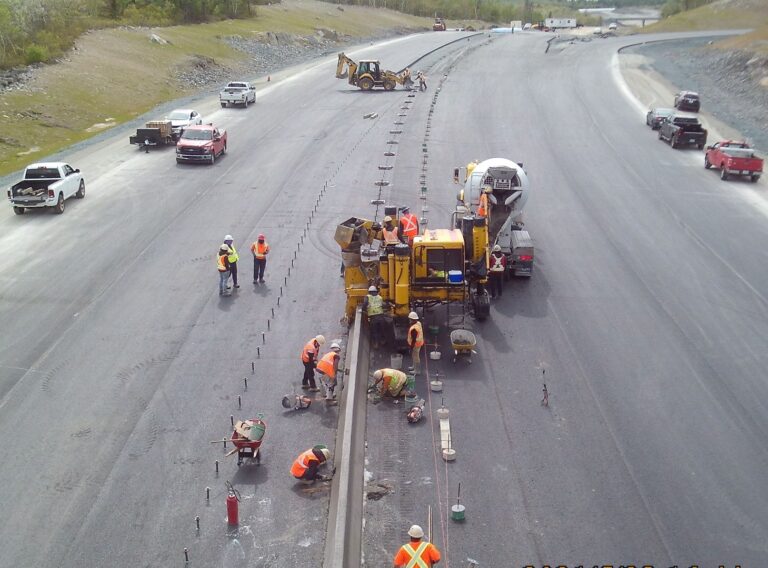Ontario Minister of Transportation has announced the release of the Request for Qualifications (RFQ) for upgrades to the Lakeshore West GO corridor.
The upgrades to the Lakeshore West GO corridor include:
– Track improvements and other work to enable increased service at Exhibition Station;
– Mimico Station rehabilitation;
– Long Branch Station improvements, including accessibility enhancements;
– Upgrades to enable increased service at Clarkson and Bronte Stations;
– Grade separations at Kerr Street and Burloak Drive;
– Replacement of the Drury Lane pedestrian bridge; and
– Further expansion of the Lewis Road layover facility.
“We are excited to take another step towards more frequent and efficient service for our current and future customers,” said Phil Verster, president and CEO of Metrolinx. “The kick-off of the Lakeshore West GO rail corridor procurement for close to a dozen projects will help Metrolinx deliver the GO expansion project on time and budget.”
These improvements and upgrades are part of the largest rail project in Canada as Ontario transforms GO from a commuter transit system to a regional rapid transit system. Weekly trips across the entire GO rail network are expected grow from about 1,500 to nearly 6,000 by 2024-25, with two-way, all-day service every 15 minutes or less coming to the Lakeshore West GO line.
“Faster and more frequent GO service will enable people to get where they are going quicker,” said Han Dong, MPP for Trinity-Spadina. “Both the commuters who pass through and residents in Trinity-Spadina will benefit from this work on the Lakeshore West line. I am pleased to see this government continuing its course to meet the needs of people in Trinity-Spadina.”
Major infrastructure updates are required across the GO rail network to deliver GO RER, including additional track, GO station modifications, improved rail crossings, systems for electrification, and new locomotives and train control systems to enable more frequent service. Since 2013, Ontario built three new GO stations, renovated 10 existing GO stations, and added approximately 7,000 new GO station parking spots.

